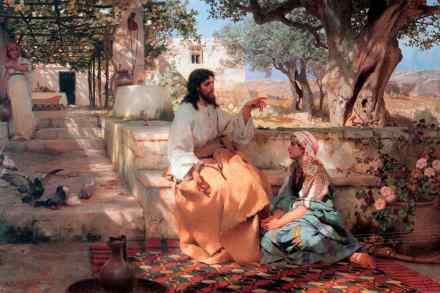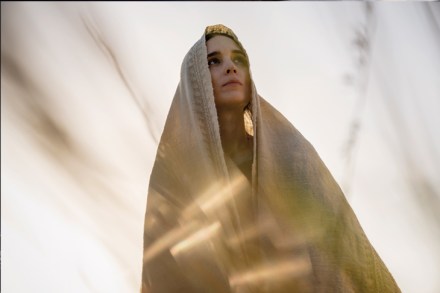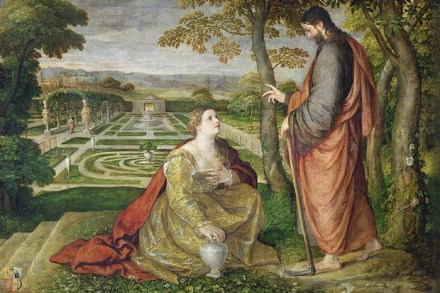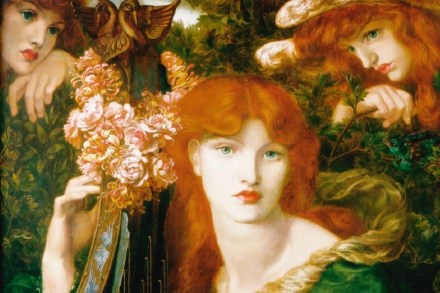Jesus’s female disciples remain women of mystery
Is there a patron saint of conjecture? Perhaps it is a name known only to Bible scholars, who have rich cause to guard it jealously. Even if such a saint is invoked by the academy alone, the petitioning must be pretty constant. Lucky, then, that this account of the early female followers of Jesus is jointly authored, for it takes more than one person to dream up the vocabulary required for 200 pages of guesswork. As Joan Taylor and Helen Bond admit in their introduction: ‘Sometimes there’s not much to go on and we’ll need to use our imaginations.’ In the 184 pages which follow, we find all the usual













